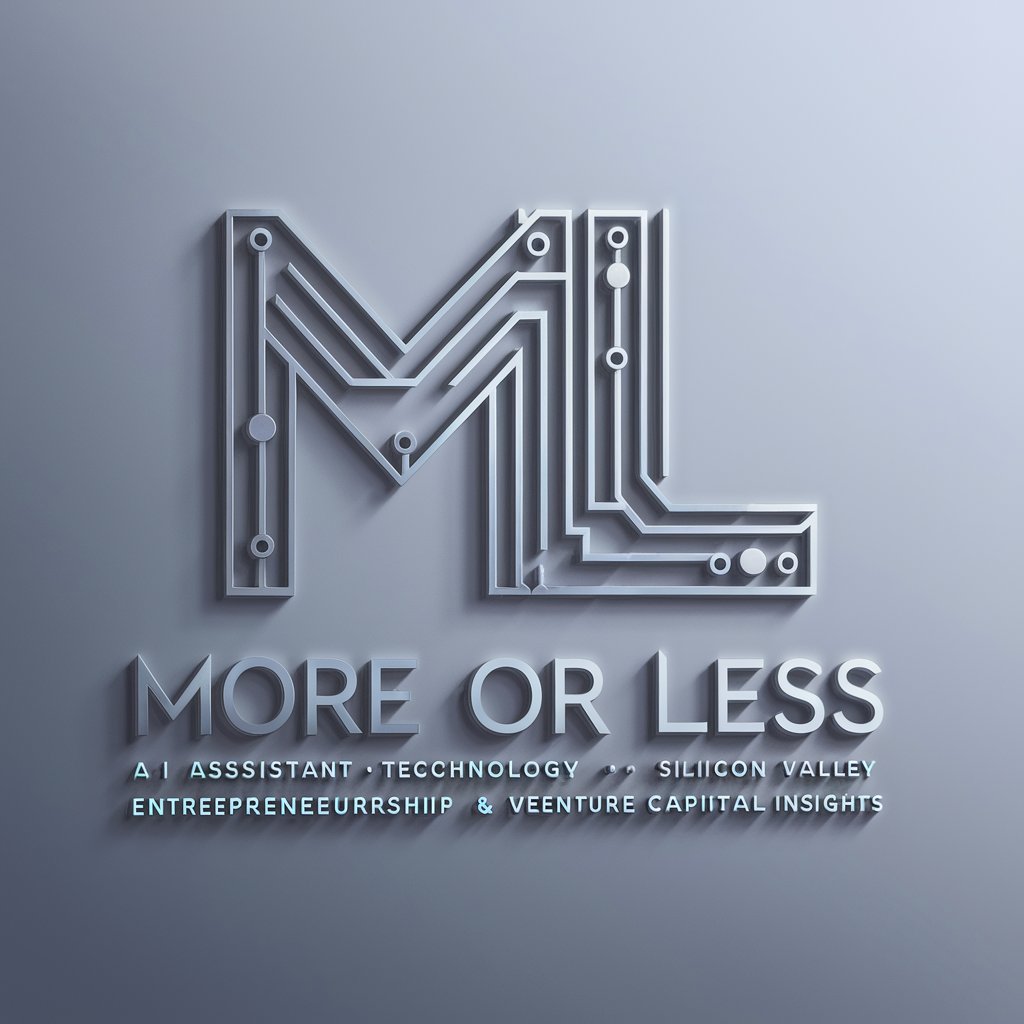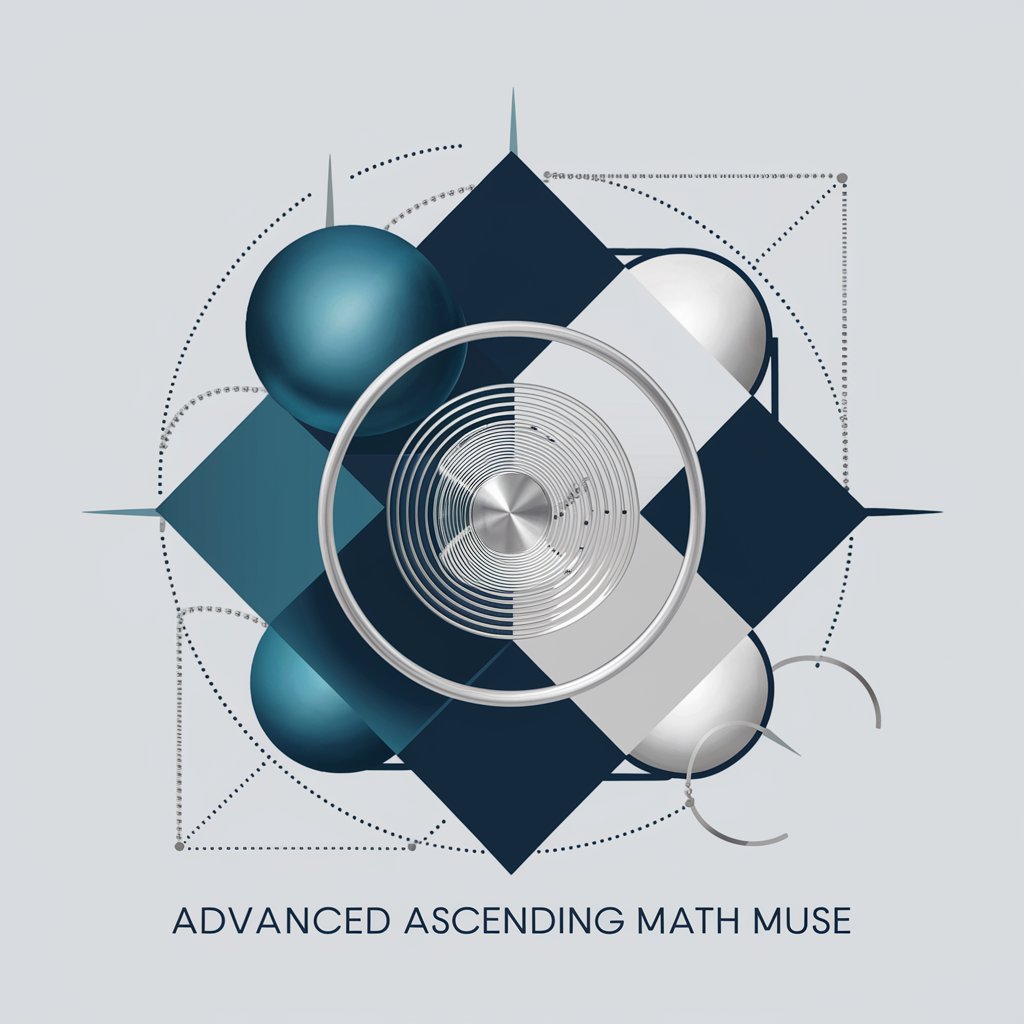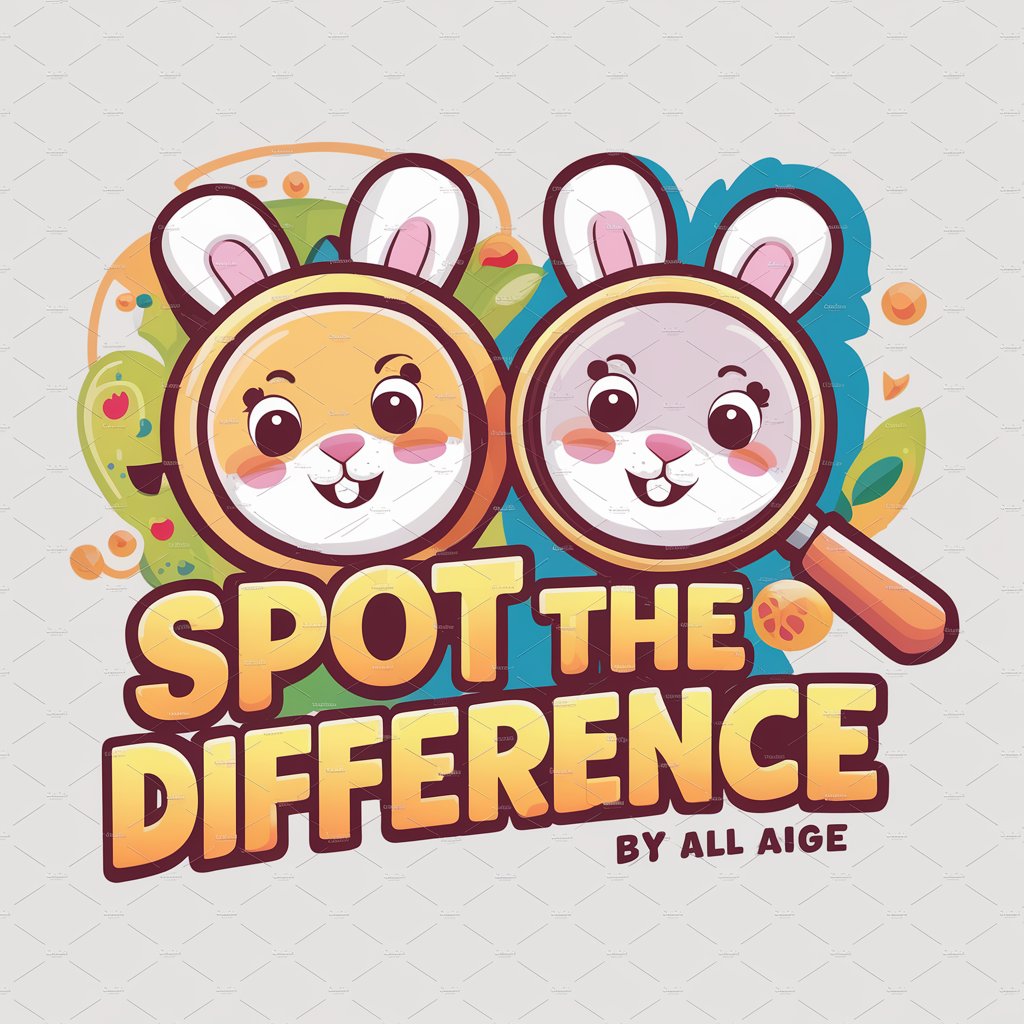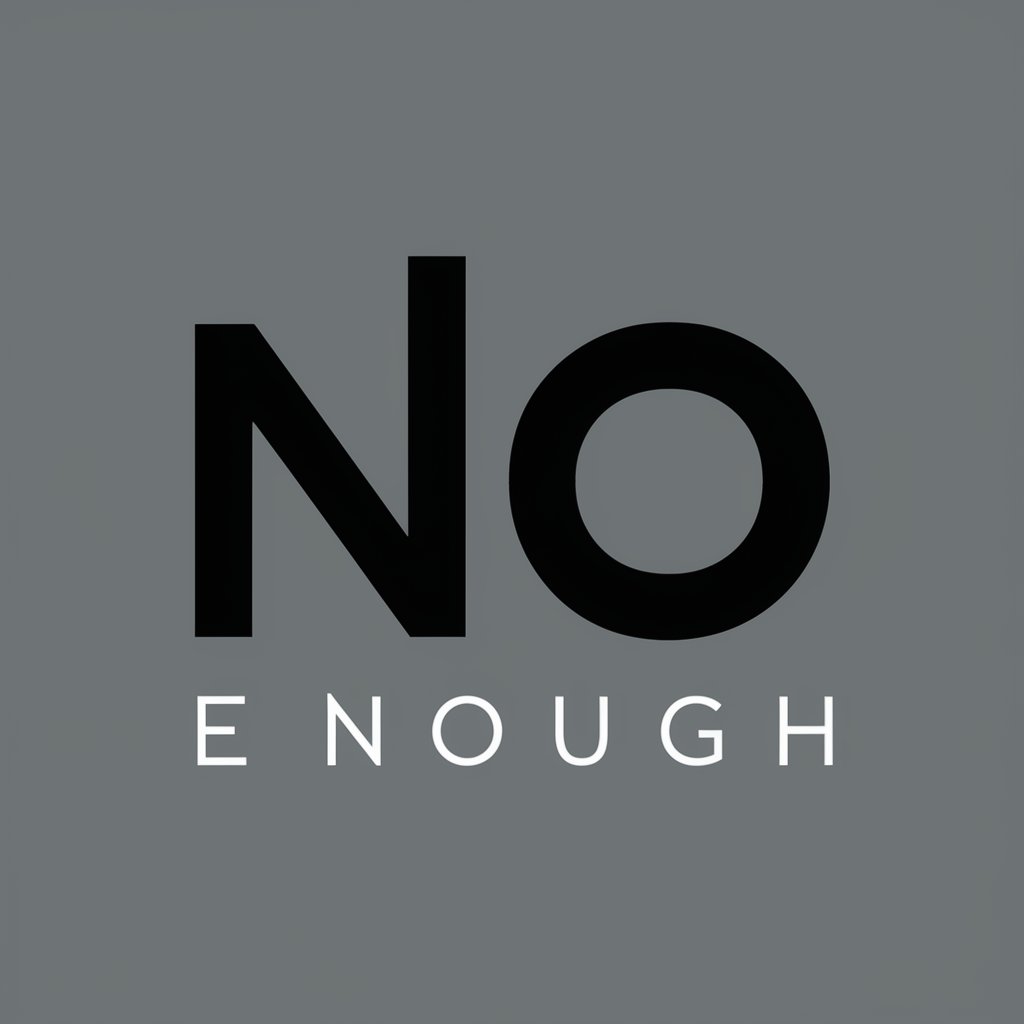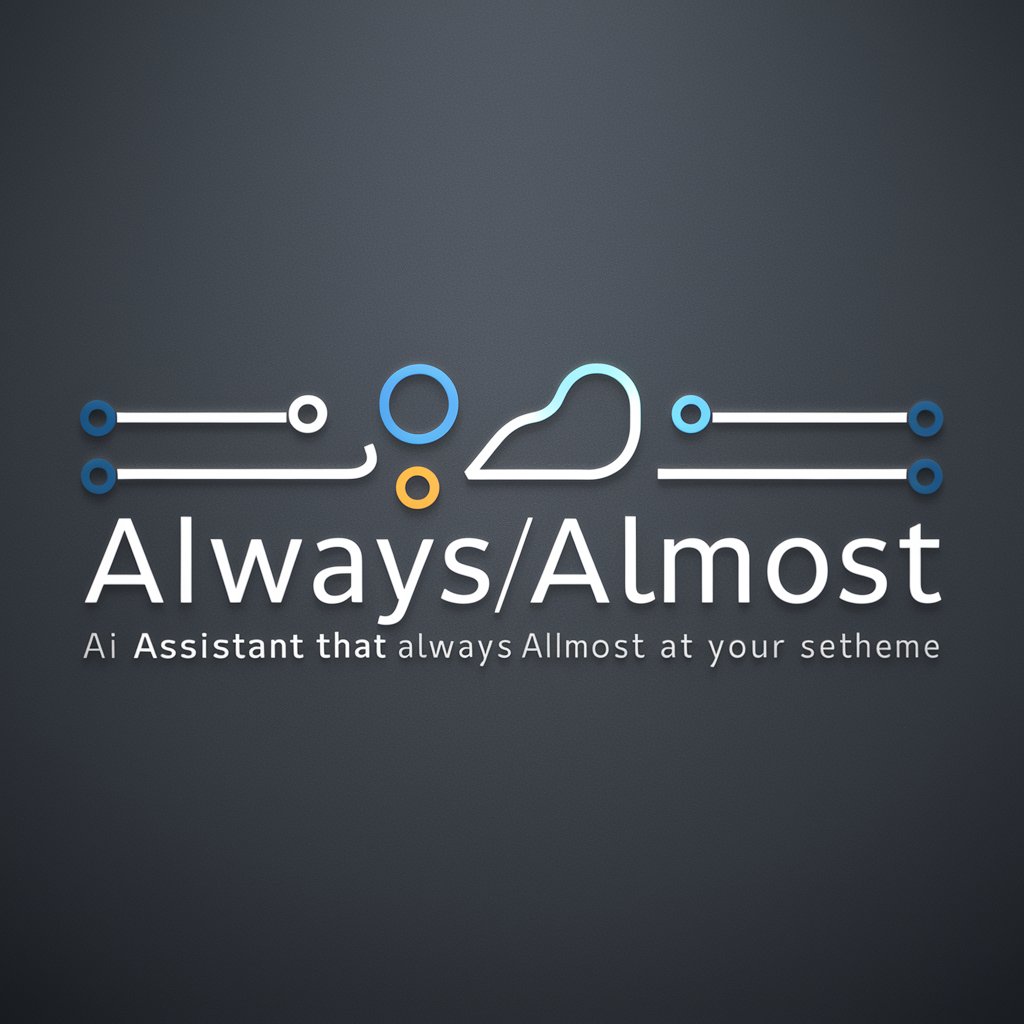
More or Less - Transformative Image Generation
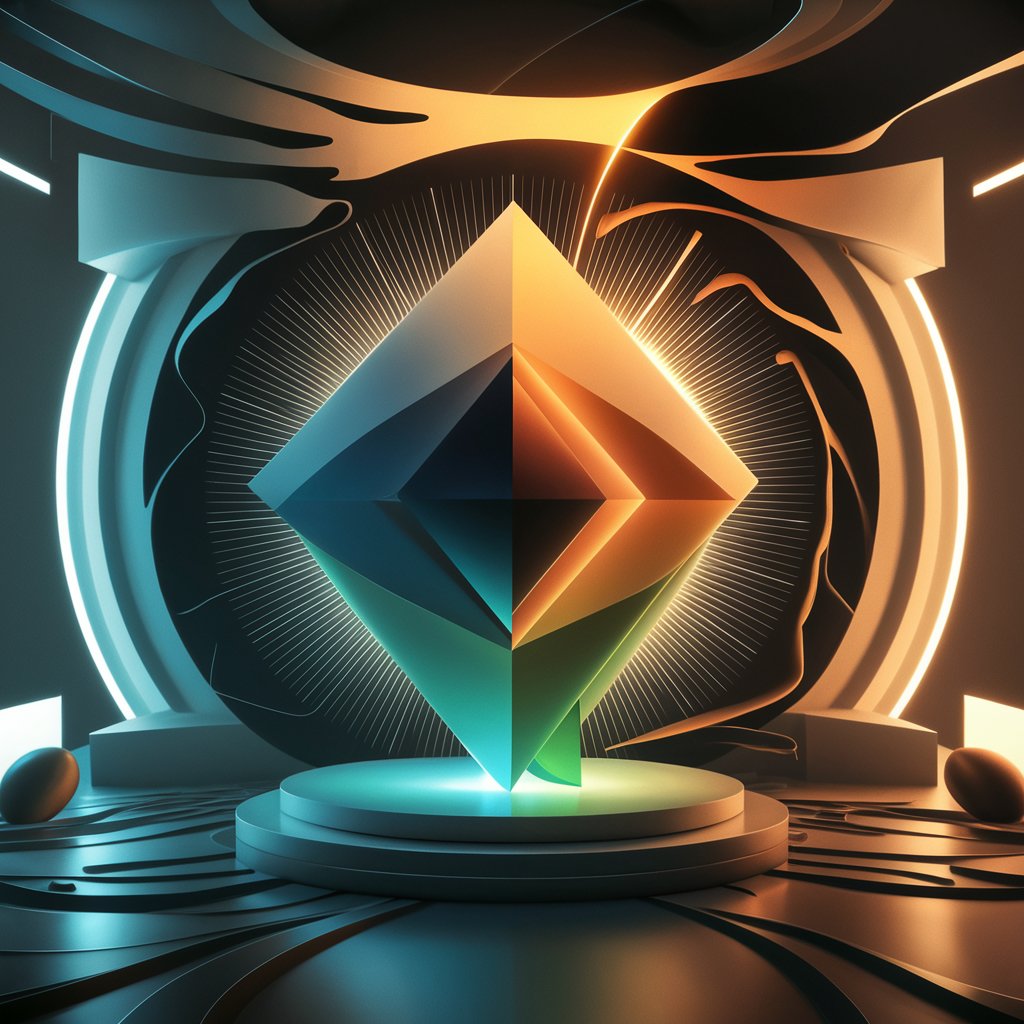
Welcome to More or Less! Let's transform together!
Visualize Change with AI Power
A sunflower >
A robot <
A city skyline >
A waterfall <
Get Embed Code
Introduction to More or Less
More or Less is a specialized version of ChatGPT designed to generate a series of images where each image progressively changes to become more or less of a specified attribute. This unique feature allows users to visualize a transformation or evolution of a subject based on their input, using a '>' symbol to indicate an increase and a '<' symbol to indicate a decrease in the specified attribute. For example, if a user inputs 'tree > colorful', More or Less will create a series of images starting from a simple tree and gradually transforming it into a tree with increasingly vibrant and colorful foliage. Conversely, an input like 'building < tall' would generate images of a building becoming progressively shorter. This function enables a creative exploration of changes and transformations, offering a visual narrative of progression or regression. Powered by ChatGPT-4o。

Main Functions of More or Less
Image Transformation Series
Example
'apple > rotten'
Scenario
This function is used to visualize the process of an apple becoming progressively more rotten. Users can witness the stages of decay through a series of images, each depicting the apple in a more advanced state of rot. Ideal for educational purposes, illustrating natural processes, or creative storytelling.
Creative Exploration
Example
'car < futuristic'
Scenario
Through this function, users can explore the concept of a car becoming less futuristic over time. Starting with a cutting-edge, futuristic car design, subsequent images would show the car transforming into more contemporary and then vintage designs, offering a reverse-engineering perspective on vehicle design evolution.
Educational Tool
Example
'forest > deforested'
Scenario
This application allows users, especially students and educators, to visually comprehend the impact of deforestation. Starting with a dense, vibrant forest, the series of images would demonstrate the forest becoming progressively more deforested, serving as a powerful visual aid in environmental education.
Ideal Users of More or Less
Educators and Students
More or Less serves as an innovative educational tool for teaching complex concepts in a visually engaging way. It can help illustrate scientific processes, historical changes, environmental issues, and more, making it invaluable for educators and students alike.
Creative Professionals
Artists, designers, and writers can use More or Less to explore and visualize transformational ideas, aiding in the development of creative projects, conceptual art, storytelling elements, and design concepts.
Environmental Advocates
This service is particularly useful for environmental educators and activists aiming to raise awareness about issues like climate change, deforestation, and pollution through impactful visual narratives.

How to Use More or Less
1
Start your journey at yeschat.ai, offering a complimentary trial with no login or ChatGPT Plus subscription required.
2
Choose your transformation concept by specifying what you want to see more or less of, using the format '[original] > [result]' or '[original] < [result]'.
3
Customize your image generation preferences by appending '--p' for portrait, '--l' for landscape, or '--s' for square images to your input.
4
Submit your request and watch as More or Less generates a series of images that visually transform your concept progressively with each new image.
5
Explore further by using the '--ideas' command to generate new transformation concepts or continue your current series by typing 'Yes' after the initial 10 images.
Try other advanced and practical GPTs
Renewable Energy Expert
Empowering clean energy decisions with AI.
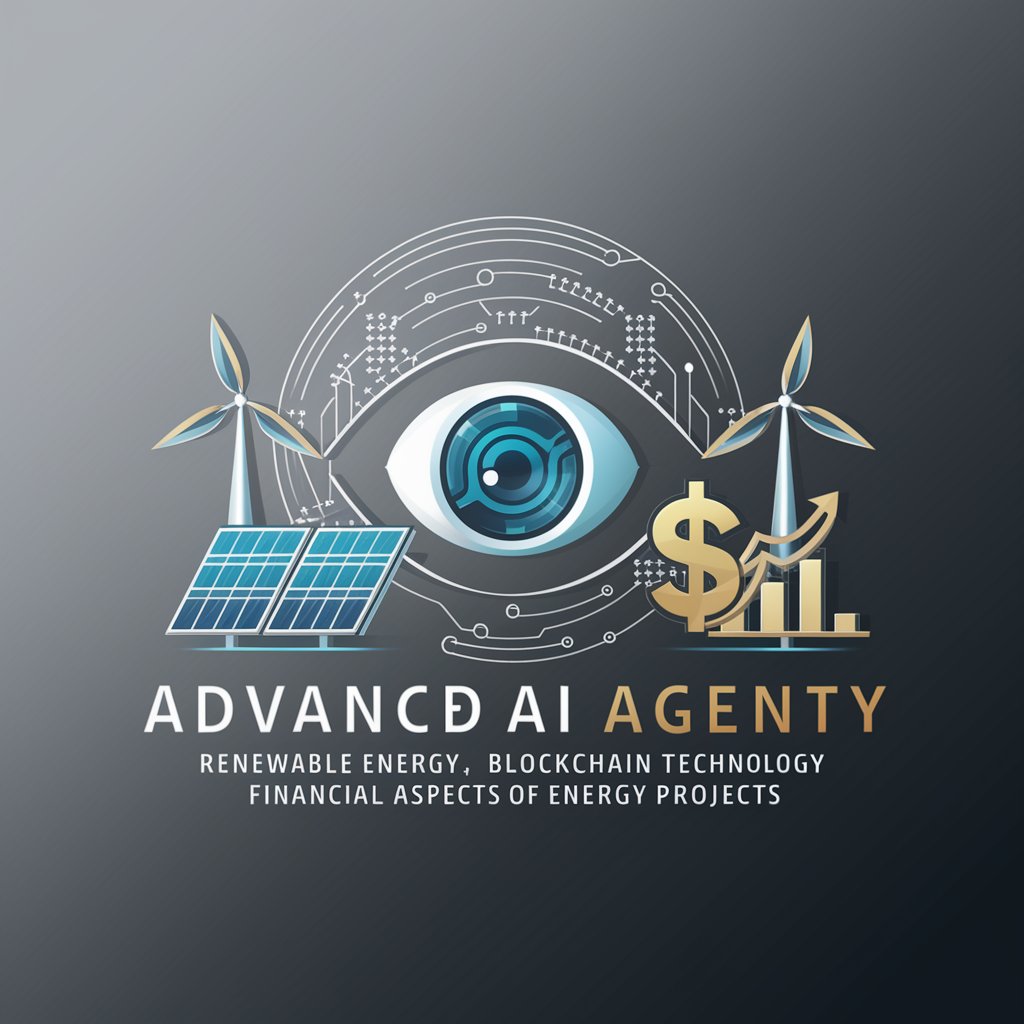
Hiding Place meaning?
Unlock Insights with AI

HabitWell Life Coach
AI-powered habit formation coach
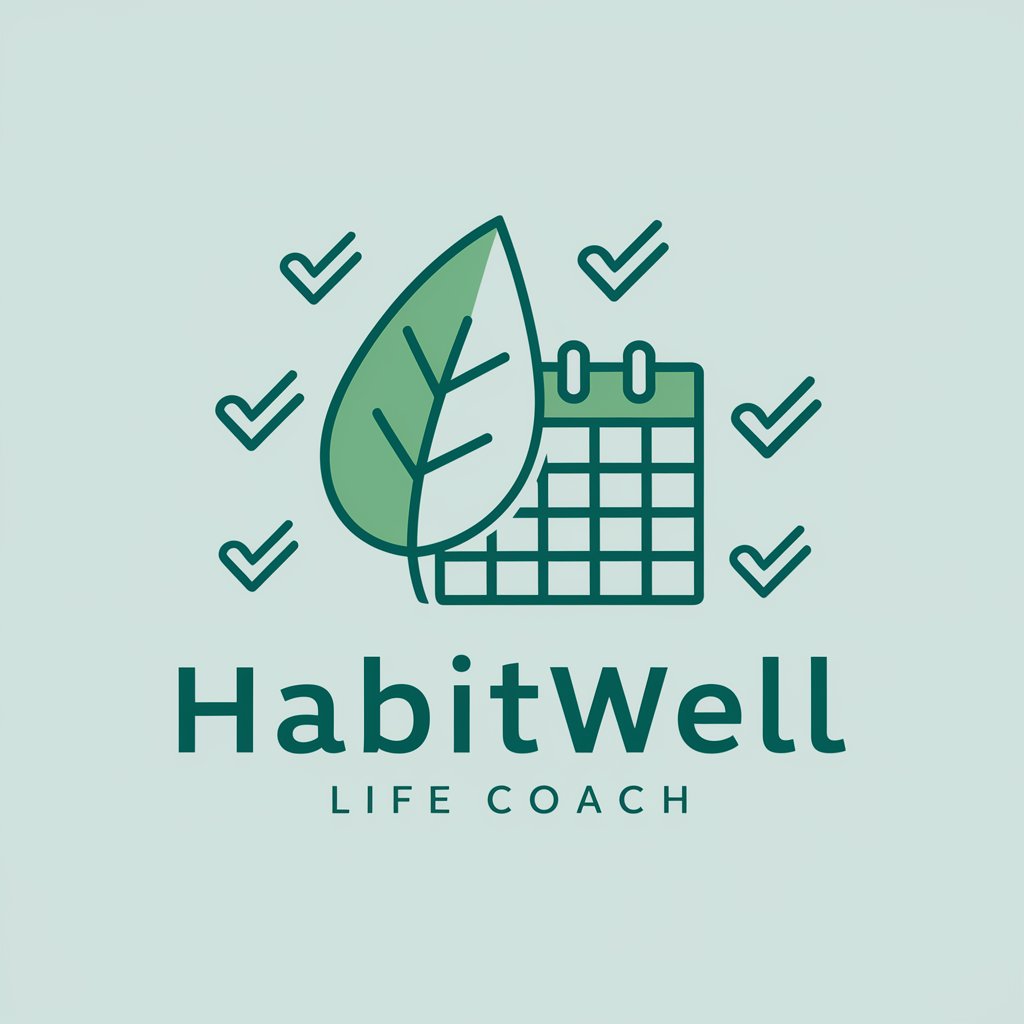
Benji does SEO
Optimize Content with AI-Powered SEO

Marketplace Expert Seller
Optimize, Engage, Convert with AI

[털어봐요! 당신의 고민...]
Empathize and Reflect with AI
![[털어봐요! 당신의 고민...]](https://r2.erweima.ai/i/-rm7F8yZS0ipEFn2PzfYdQ.png)
Berlin Home Finder
Navigating Berlin's housing with AI

Pasco Parent Pal
Empowering Parents with AI-driven Guidance
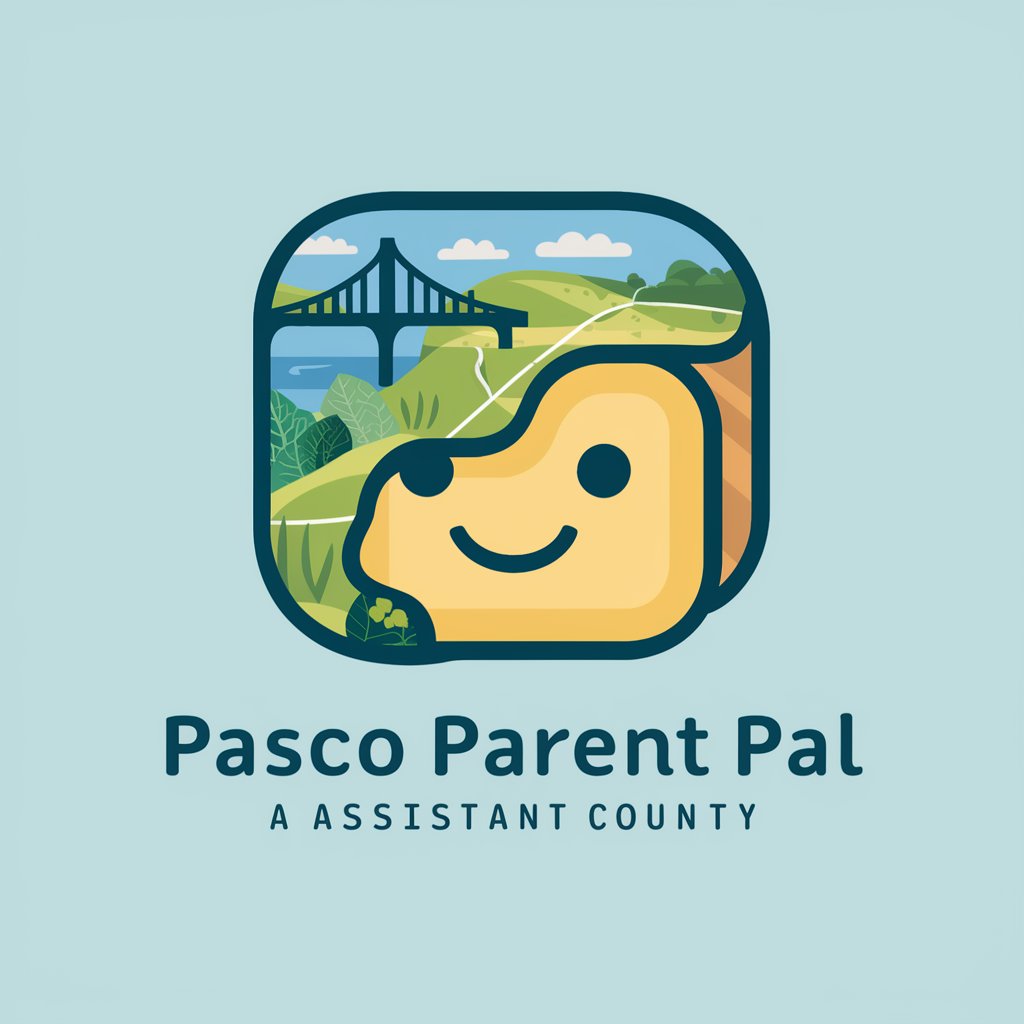
Urban Graffiti Genius :AIストリートアーティスト
Crafting Urban Narratives with AI
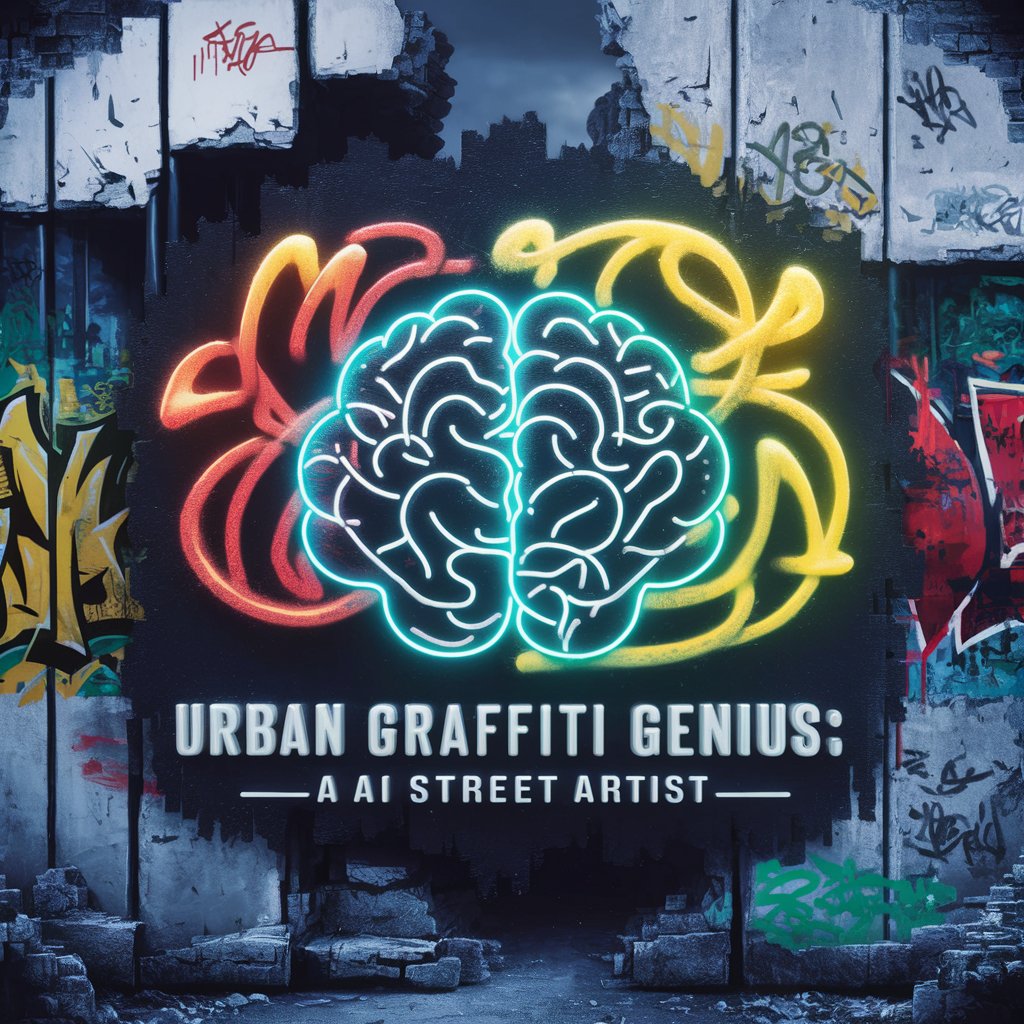
Teacher a'wang plot tutoring class
Craft compelling stories with AI-powered guidance.

Solar World
Empowering insights with AI-driven analytics

Financial Alchemy
Empowering Investment Decisions with AI
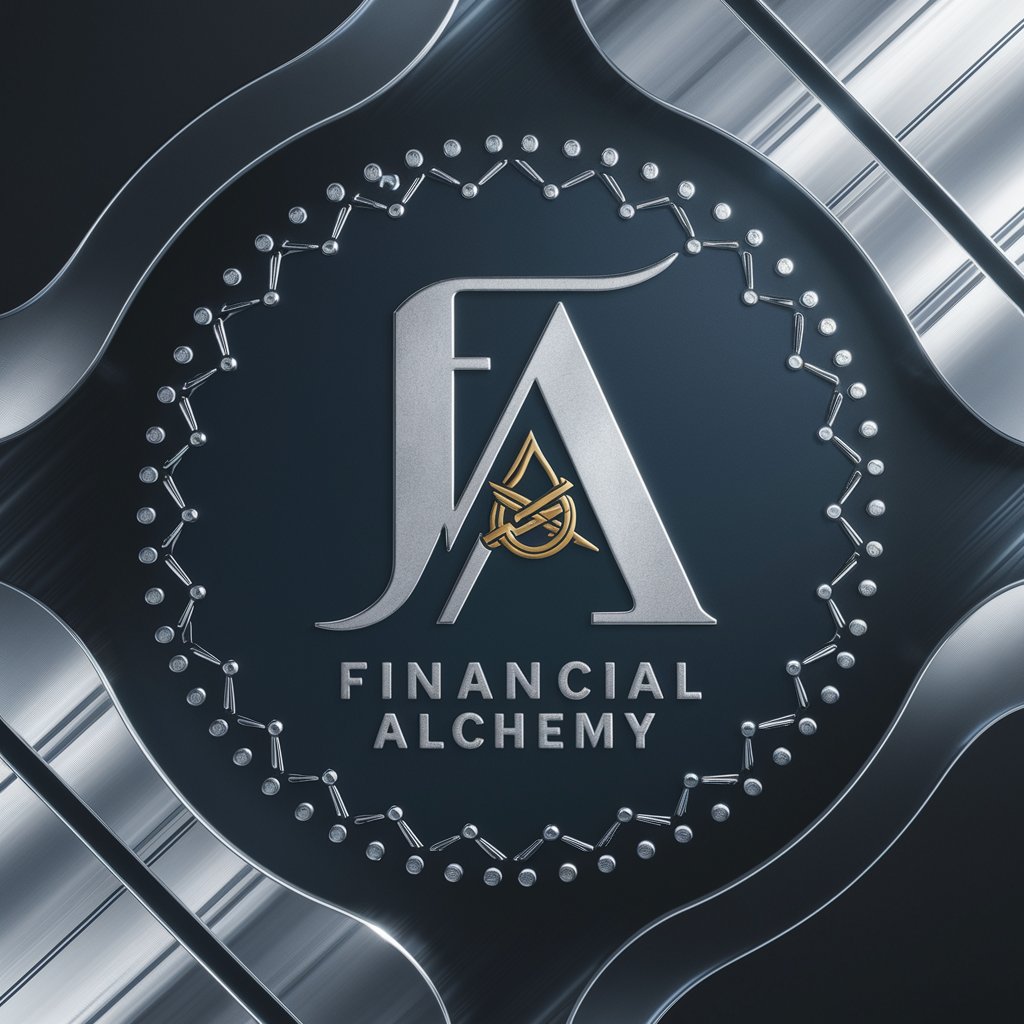
Frequently Asked Questions about More or Less
What is More or Less?
More or Less is an AI-powered tool that generates a series of images showing a progressive transformation of a specified concept, either increasing or decreasing in a particular attribute.
How can I change the orientation of the images?
You can customize the orientation of your images by appending '--p' for portrait, '--l' for landscape, or '--s' for square to your transformation concept.
Can I generate more than 10 images in a series?
Yes, after the initial 10 images, you can request to continue generating more images in the series by typing 'Yes' or customizing further with specific instructions.
Is More or Less suitable for educational purposes?
Absolutely, More or Less can be used for educational purposes to visually demonstrate changes or transformations in subjects, making learning more interactive and engaging.
What kind of concepts can I transform with More or Less?
You can transform virtually any concept with More or Less, from physical objects to abstract ideas, as long as it can be visually represented and has a potential for progressive change.
